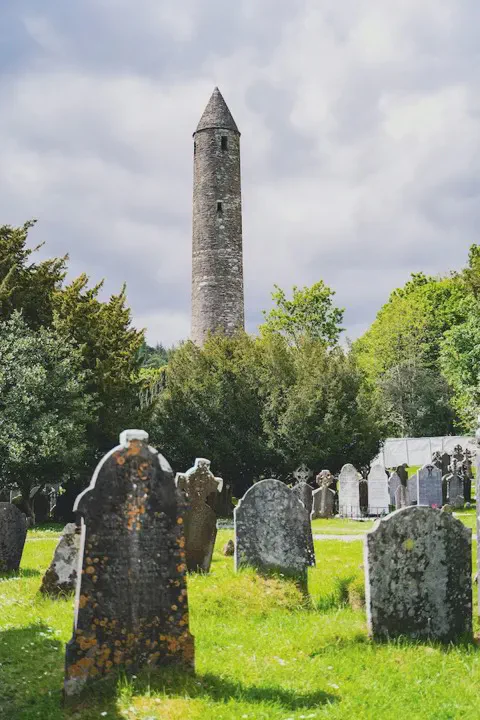- /
- Celtic calendar /
- 3rd /
- March 24 /
- March 24, 1796

The last decade of the 1700s was a most important time in Irish history. Republicanism and Loyalism both found real identity, the Orange Order and Maynooth College were both founded as the century ended with the rebellion in Ireland.
The United Irishmen were banned after Britain declared war on Revolutionary France in 1793 and they developed from a political movement into a military organisation preparing for armed rebellion. The Volunteer movement was also suppressed. The British Government in London, in an effort to undermine radicalism in Ireland, repealed many of the Penal Laws in 1793 and in 1795 sponsored the creation a Catholic University at Maynooth in return for the compliance of the Catholic Church in the looming rebellion. However, these measures did nothing to calm the situation in Ireland and these reforms were bitterly opposed by the ultra-loyalist Protestant hardliners such as John Foster. As an indication of hardening loyalist attitudes, 1795 also saw the foundation of the Orange Order.
The United Irishmen, now dedicated to armed revolution, forged links with the militant Catholic peasant society the Defenders while Wolfe Tone, the United Irish leader went to France to seek French military support. These efforts bore fruit when the French launched an expeditionary force of 15,000 troops which arrived off Bantry Bay in December 1796, but failed to land due to a combination of indecisiveness, poor seamanship and storms off the Bantry coast.
Thereafter, the government began a campaign of repression against the United Irishmen, including executions, routine use of torture, transportation to penal colonies and house burnings. As the repression began to bite, the United Irishmen decided to go ahead with an insurrection without French help. Their activity culminated in the Irish Rebellion of 1798. When the central core of the plan, the taking of Dublin, failed, the rebellion then spread in an apparently random fashion firstly around Dublin, then Kildare, Meath, Carlow and Wicklow. County Wexford in the southeast then saw the most sustained fighting of the rebellion, to be briefly joined by rebels who took to the field in Antrim and Down in the north. A small French force landed in Killala Bay in Mayo leading to a last outbreak of rebellion in counties Mayo, Leitrim and Longford. The rebellion lasted just three months before it was suppressed, but claimed an estimated 30,000 lives.